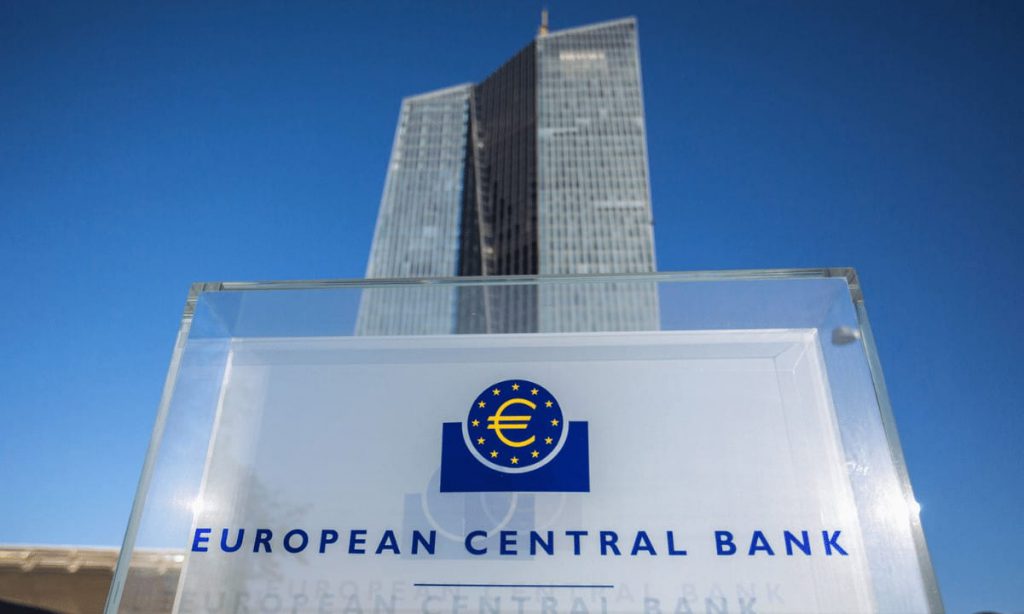Amid fears of recession and rising inflation, the cryptocurrency industry witnessed the entry of many new participants who bought digital assets to diversify portfolios. But the latest declines are hitting them hard as the space continues to move in lockstep with stocks and bonds.
Increasing Correlation During Market Stress
The European Central Bank (ECB) has argued for the use of portfolio diversification in light of crypto declines’ tendency to echo other riskier assets. It pointed out the increase in the correlation between crypto-asset and stock returns during the March 2020 market stress as well as during the December 2021 and May 2022 period of heightened sell-offs.
The central bank observed that during periods of risk aversion across wider financial markets, the cryptocurrency space moved in a similar way.
In a preview of its Financial Stability Review, the central bank said,
“The increasing correlation of crypto-asset prices with mainstream risky financial assets during episodes of market stress casts doubt over their usefulness for portfolio diversification.”
In recent years, the crypto industry has become part of the mainstream financial system. However, many experts have argued that it may not be serving its original purpose as an uncorrelated asset if it moves in tandem with its traditional counterpart during periods of uncertainty.
It is also important to note that many traditional investors have added crypto to their portfolios. With stock and bond investments suffering in the widespread market rout, some players have cashed out. Simultaneously, the dull conditions in stocks and bonds have reduced the appetite many investors have for crypto.
Growing Linkages With Euro Area Banking Sector
The ECB has continued to maintain that crypto-assets are highly risky. While acknowledging that volatility in the crypto market has not resulted in contagion, it warned that increased involvement of financial institutions could drive the growth of the digital currencies, which, in turn, may increase financial stability risks.
Interactions between crypto-assets and the euro area banking sector have been limited, but the growing interest via expanded portfolios or ancillary services associated with digital assets (including custody and trading services) has concerned ECB.
Leading European payment networks have also added support for crypto services, using their retail networks and making the asset easily accessible to consumers and merchants. Several hedge funds, family offices, some non-financial firms, and asset managers are now venturing into Bitcoin and crypto-assets more generally.
“Any principal-based crypto-asset exposures on the part of systemic institutions, especially if the assets involved are unbacked, could put capital at risk, with potential knock-on effects on investor confidence, lending and financial markets if the exposures are of a sufficient scale. “
Binance Free $100 (Exclusive): Use this link to register and receive $100 free and 10% off fees on Binance Futures first month (terms).
PrimeXBT Special Offer: Use this link to register & enter POTATO50 code to receive up to $7,000 on your deposits.


